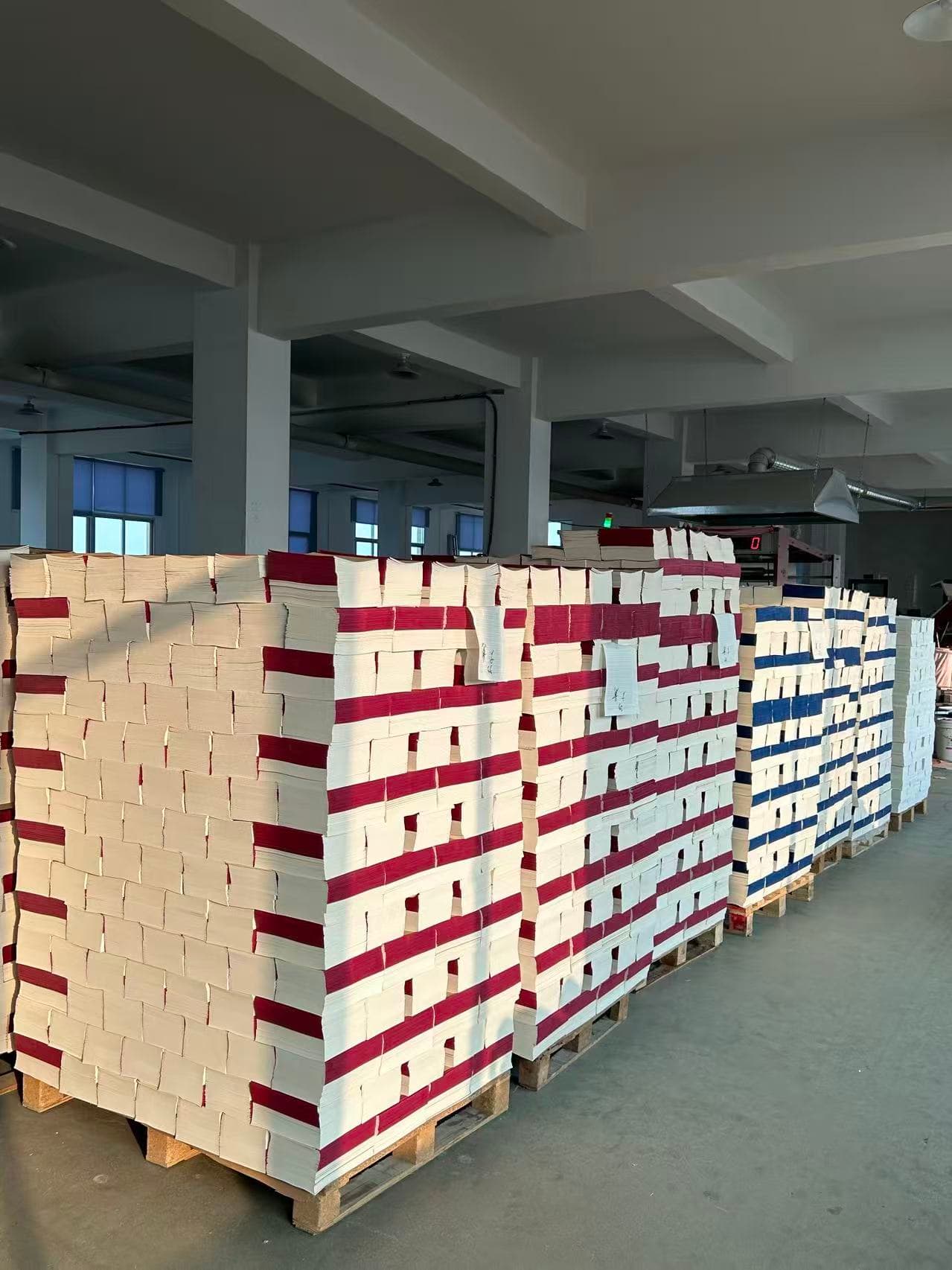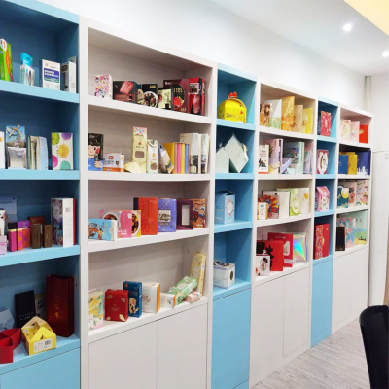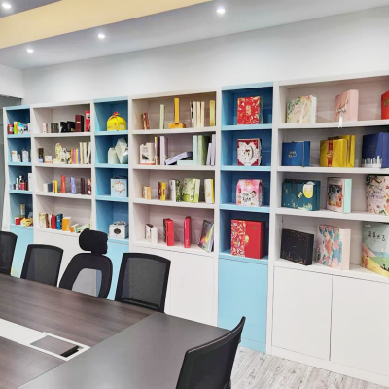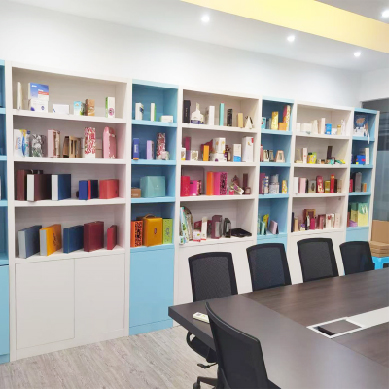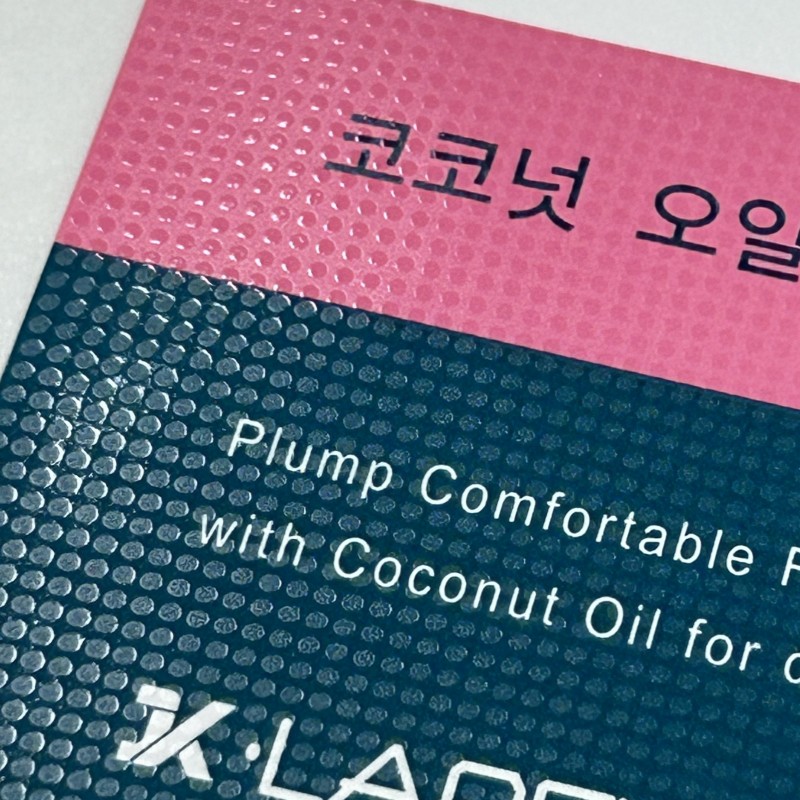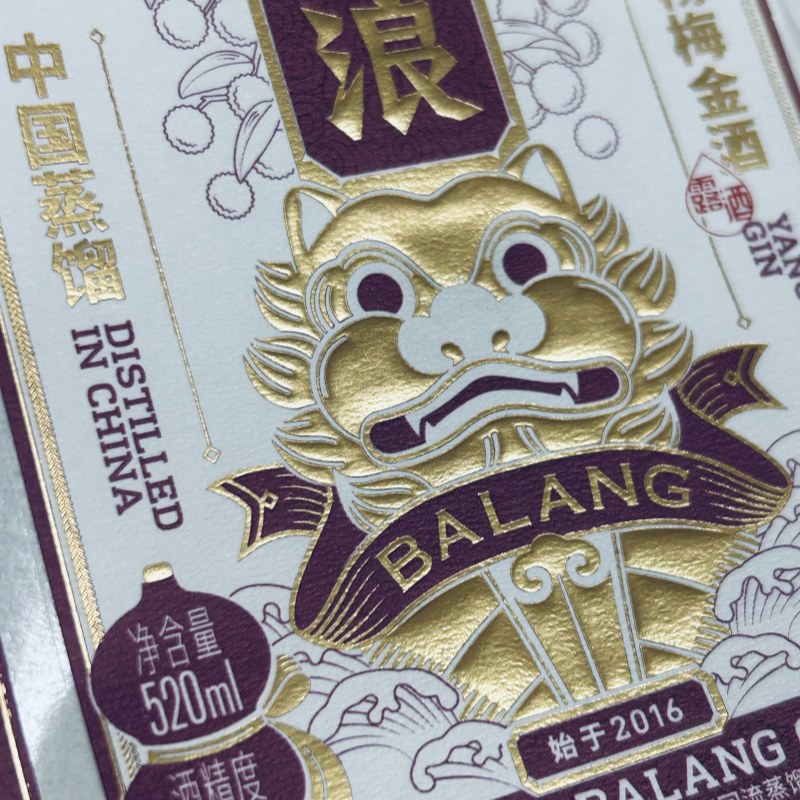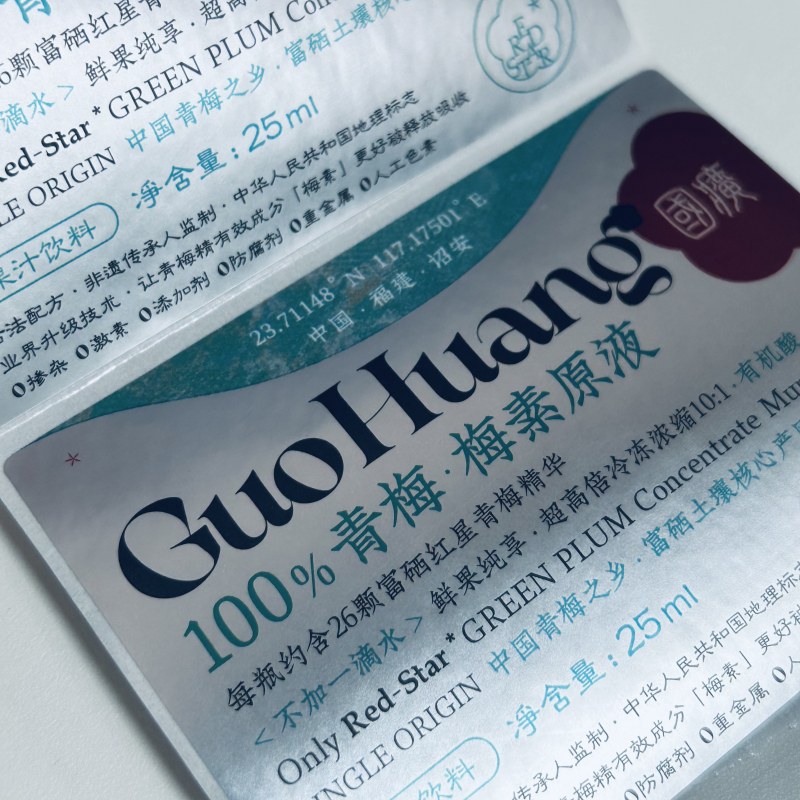In the world of cosmetic science, the search for multifunctional ingredients that are both effective and aligned with clean, natural beauty trends is never-ending. Today, we’re excited to highlight a remarkable ingredient that does exactly that: DropBotatur® SCC (COPPER CHLOROPHYLL). More than just a vibrant colorant, it's a bioactive powerhouse designed to enhance skin health while delivering beautiful, stable color.
What is DropBotatur® SCC?
Derived from natural chlorophyll, DropBotatur® SCC is a water-soluble, safe, and non-toxic pigment. It takes the inherent benefits of chlorophyll and enhances them through a stable, copper-complexed form known as sodium copper chlorophyllin. This results in a brilliant, long-lasting green hue that outperforms standard chlorophyll in stability, making it an ideal choice for modern cosmetic formulations.
Why Formulators Love It: Key Benefits
-
Dual-Action Efficacy: Repair + Soothe
The secret lies in its unique structure. The presence of copper ions has been shown in in vitro studies to provide significant repairing and anti-inflammatory benefits. This makes it perfect for products aimed at calming irritated skin, supporting the skin's natural recovery process, and promoting a clearer, healthier complexion. -
Antioxidant Shield
Beyond repair, DropBotatur® SCC acts as a potent free-radical scavenger. Its strong antioxidant activity helps protect the skin from environmental stressors, contributing to long-term skin vitality and anti-aging strategies. -
Naturally Derived Color with Compliance
As a natural coloring additive (C175810), it is approved by major regulatory bodies like the FDA and the EU. It offers brands a clean-label alternative to synthetic greens, satisfying consumer demand for naturality without compromising on a vivid, stable color payoff. -
High Safety & Gentle Profile
Sourced from nature and rigorously tested, it is characterized by high safety and non-irritating properties, making it suitable for a wide range of skin types, including sensitive skin.
Technical Snapshot & Application
-
Appearance: Dark green powder
-
Key Feature: Excellent water solubility
-
Recommended Dosage: 0.0001% - 0.5%
-
Perfect For: Repairing serums, anti-inflammatory creams, calming masks, toners, and any product requiring a natural green color.
-
Pro Tip: To maintain its stability and efficacy, use light-protected packaging and store in a cool, dry place.
In Conclusion
DropBotatur® SCC beautifully bridges the gap between aesthetics and skin therapy. It allows you to formulate products that are visually appealing with a natural green tint while actively working to repair, soothe, and protect the skin. It’s an innovative answer for brands looking to create impactful, multifunctional, and market-aligned cosmetics.
Ready to bring the power of natural, reparative color to your next formulation?
Contact us today for more detailed specifications, formulation support, or to request a sample of DropBotatur® SCC.
Please contact: judyzhou@drop-bio.com
